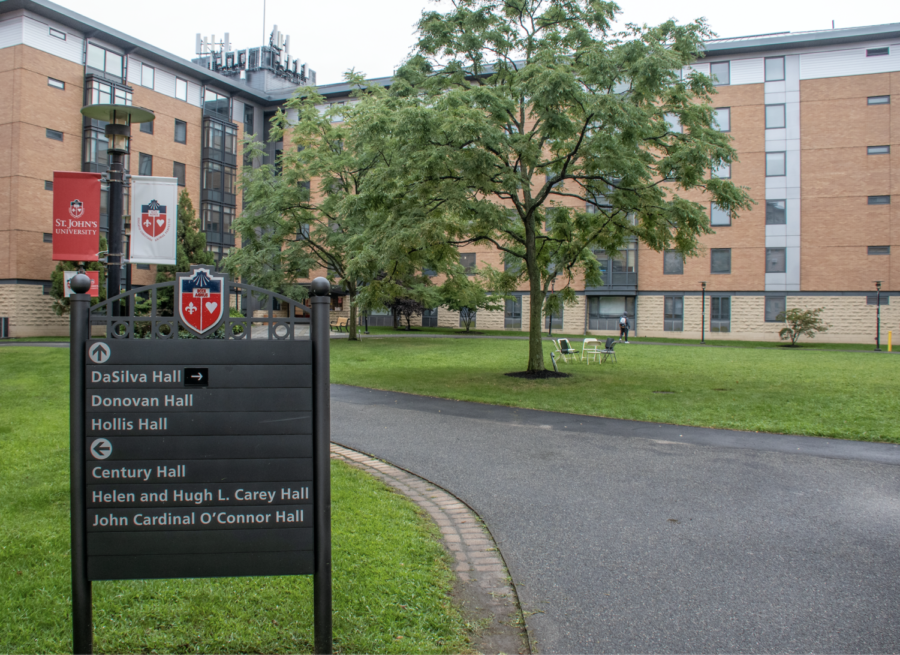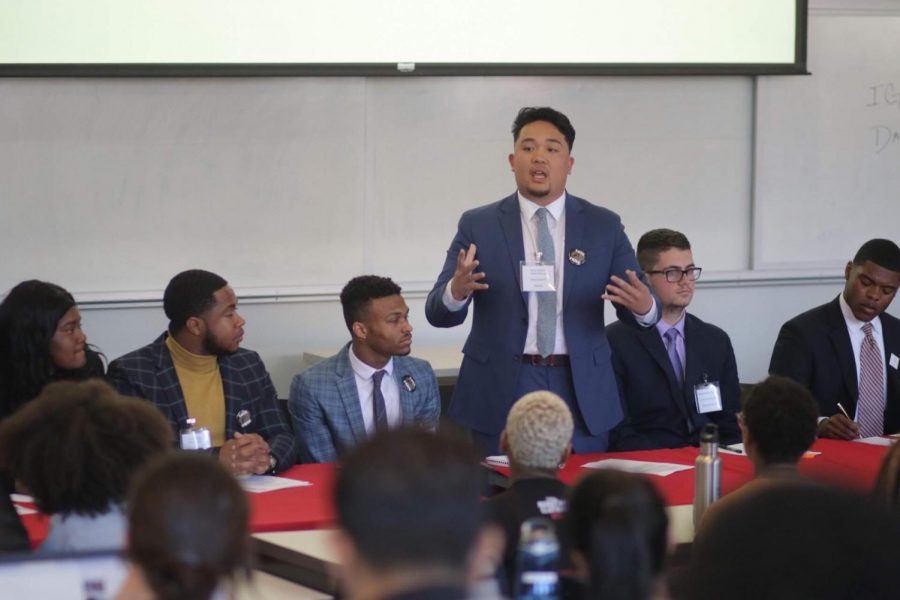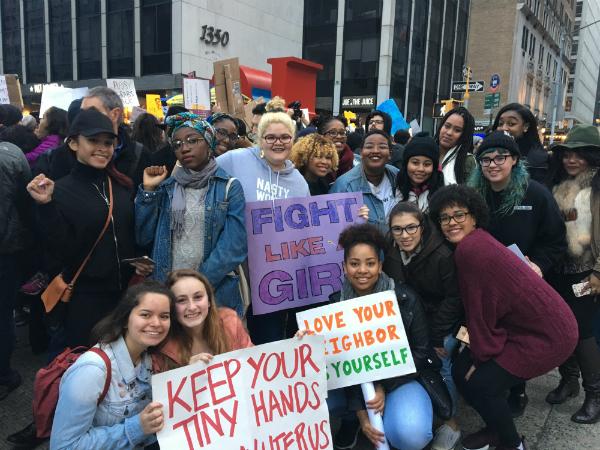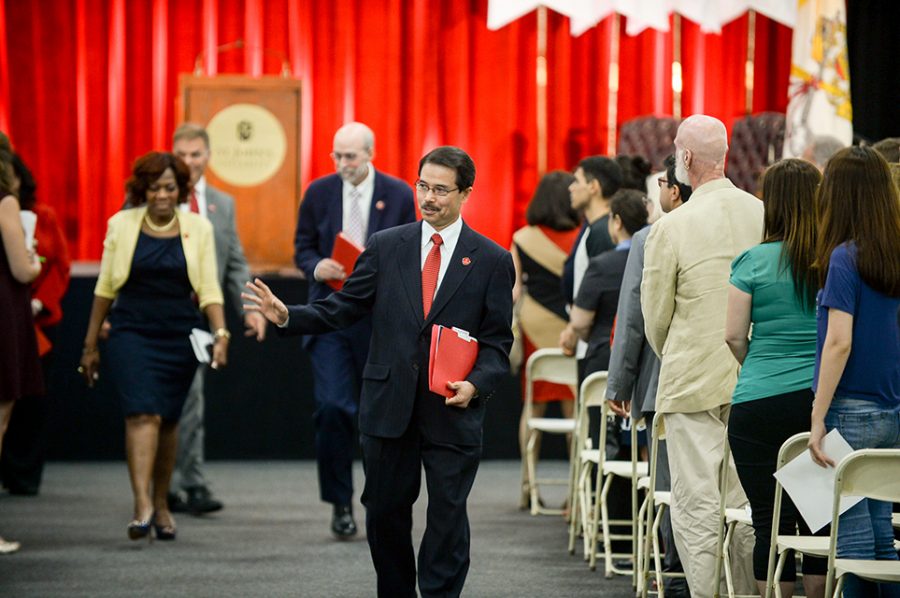On Dec. 14, 2012, a young man named Adam Lanza walked into Sandy Hook Elementary School in his hometown of Newtown, Conn. and launched an armed rampage that claimed the lives of 27 young students and faculty. He had a known list of mental health struggles that persisted throughout his childhood, including sensory-integration disorder, obsessive-compulsive disorder, Asperger’s Syndrome and severely antisocial behavior.
Men with deep psychological issues, which seem to have been brewing inside them for several years prior, have perpetrated most of the nationally covered mass shootings. After every mass shooting, there is this particular argument raised that the violence is reflective of the lack of attention to mental health in this country.
That is absolutely true, but it goes far beyond the gun debate. This argument should not just be a defense for pro-gun activists, but should also be fostered by both sides of the debate to help fix a broken system – and maybe along the way curb gun violence.
In 1963, President John F. Kennedy signed the Community Mental Health Act into law, shifting the masses of people locked away in state-run health institutions into community-based and funded programs. Over the next two decades, the bill ultimately led to the complete demise of those institutions in exchange for treatment that coincided with a regular existence. Yet in the past two decades, between severe funding cuts and government shutdowns, mental health services have often been the first to get in the axe in budgetary reform, leaving many people and families with few affordable alternatives.
This catastrophe has led to issues stemming far beyond the few who perpetrate gun violence. According to the Substance Abuse and Mental Health Services Administration, some 25 percent of the homeless population in the United States consists of people who suffer from a serious mental health issue.
This means that while you are reading this, there are 875,000 homeless people in need of psychological help–many of them military veterans who suffer from PTSD–who are at a high risk for substance abuse, violence, crime and hunger. At the same time, a mere 7.4 percent of the 8.9 million people in the United States who suffer from both a psychological issue and substance abuse ever receive treatment for both issues. With the grand reduction of services, these people have nowhere to turn to, making violence and other bad choices an ever more appealing alternative to the state they are in. Without a steady outreach program to help people who are in need but can’t find any, how can anybody expect the situation to get any better?
I’m no psychologist or sociologist. I’m just stating the obvious after repeatedly hearing the argument, “gun violence is reflective of our modern society.” It’s really not; it’s more representative of our lack of care for those who need it the most.





